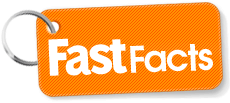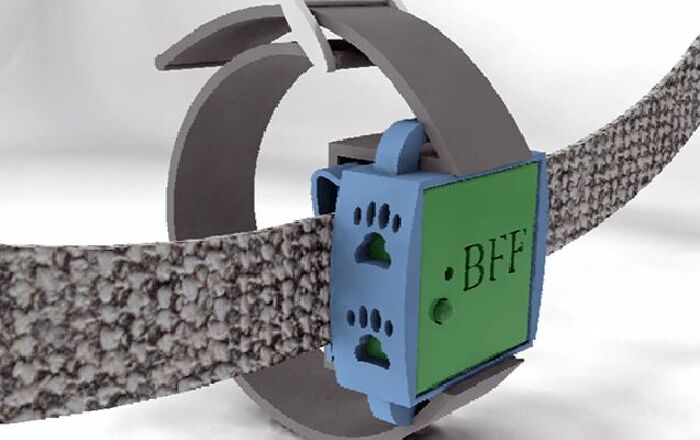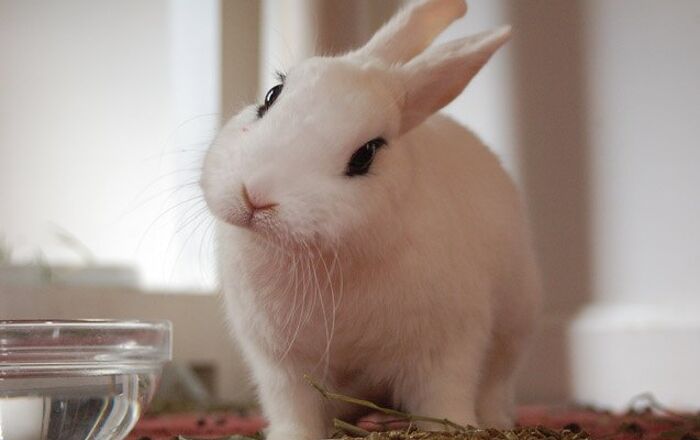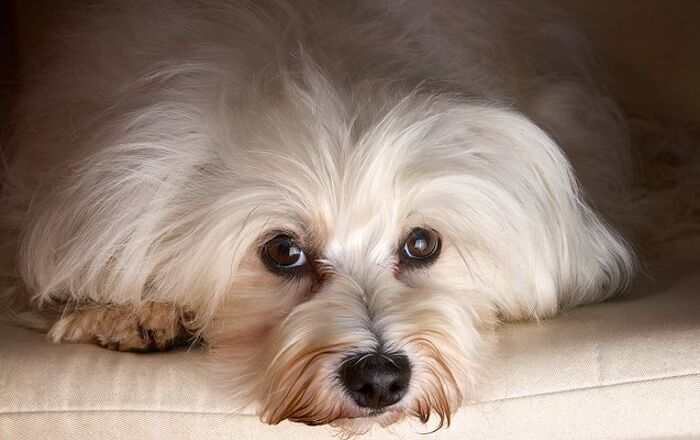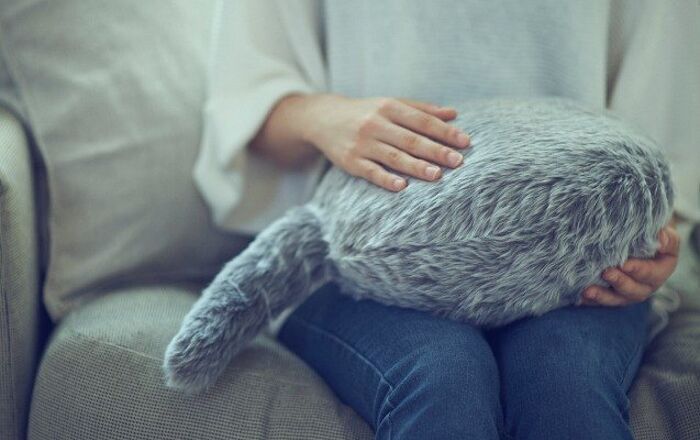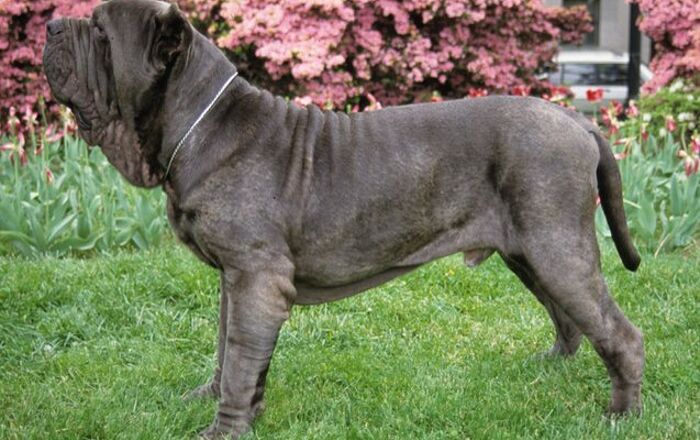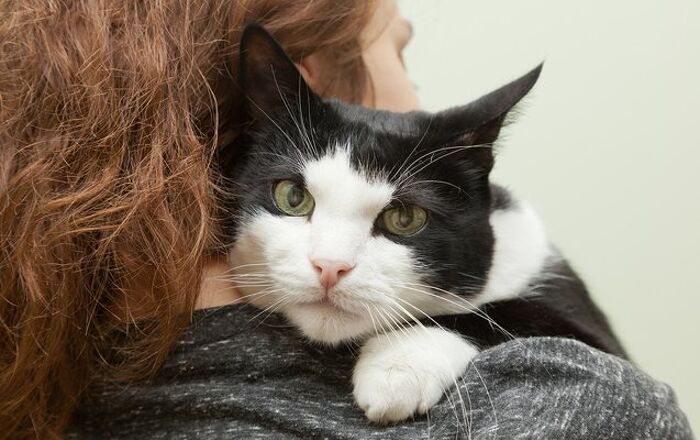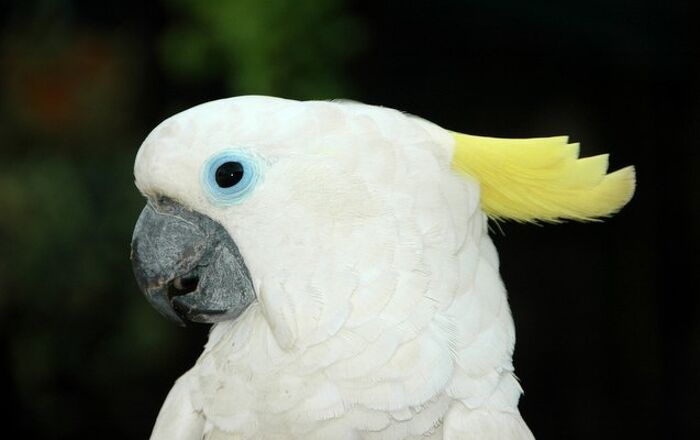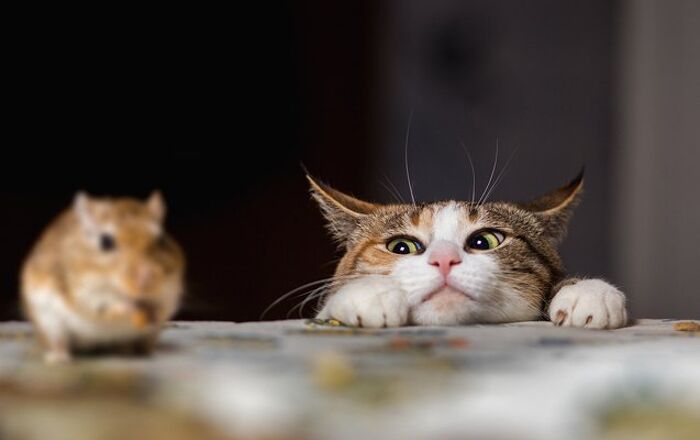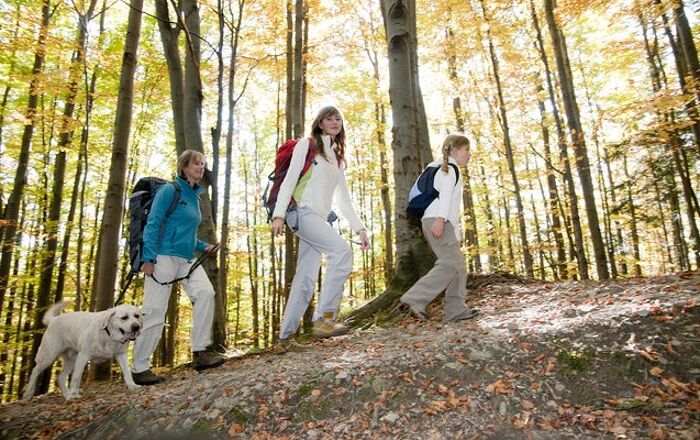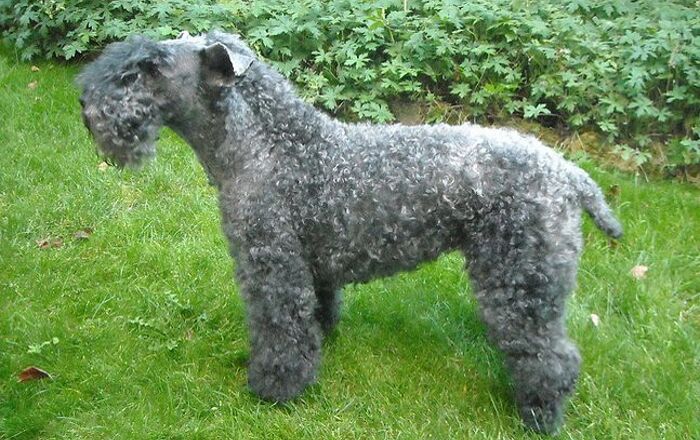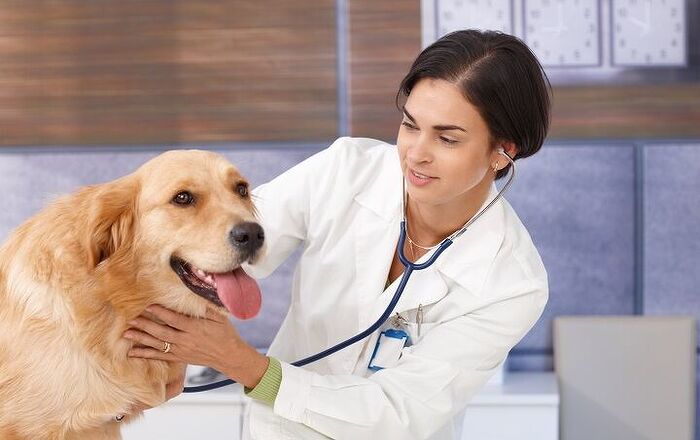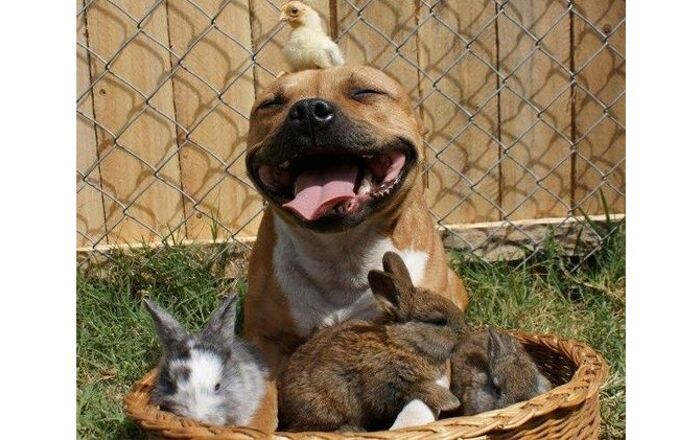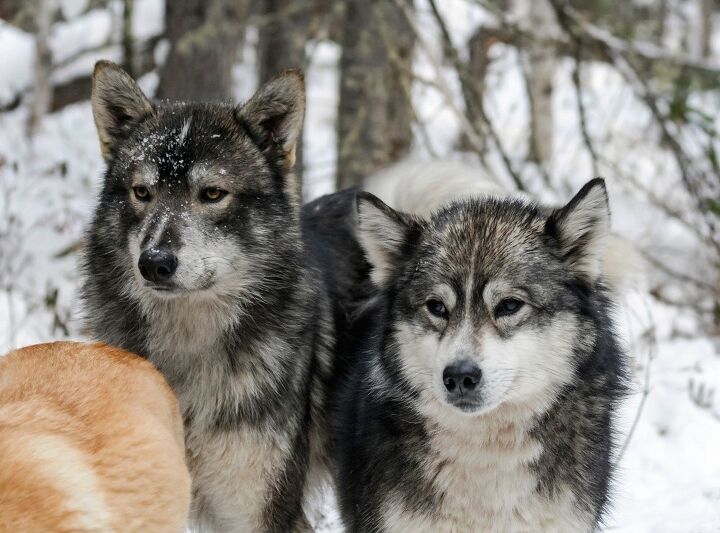
East Siberian Laika Basics
The Laika is a Russian-type dog that existed in the country for many years and they retain many of the traits they inherited from their wild ancestor, the wolf. Laikas are very versatile dogs but they are particularly skilled in hunting. There are four different types of Russian Laikas – the Karelo-Finnish Laika, the Russo-European Laika, the West Siberian Laika, and the East Siberian Laika. The East Siberian Laika is thought to have been developed many years ago with influence from Chinese and Japanese dogs that were brought to the area by immigrants. The East Siberian Laika was established as a separate breed in 1947 along with the other three Laikas but it has yet to be recognized by the AKC or the UKC.
The East Siberian Laika is a Russian-type dog that retains many of the traits it inherited from its wild ancestor, the wolf.
Pedigree
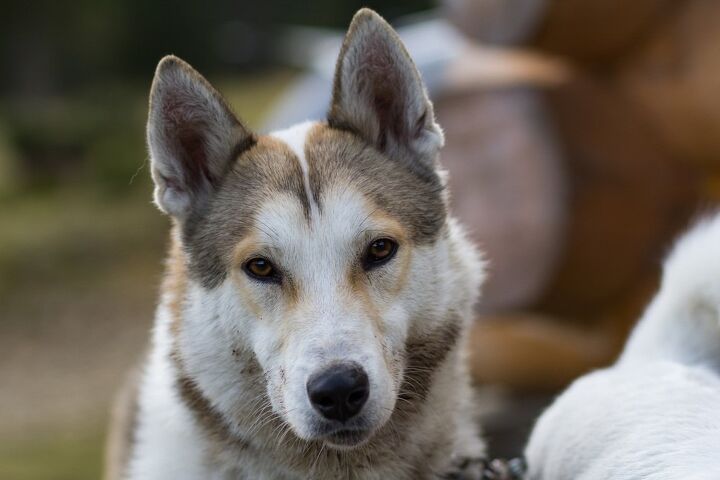
The East Siberian Laika shares its history with the other three Russian Laika breeds – it is descended from an ancient breed that has some wolf blood in its history.
Food/Diet
As a medium-sized dog breed, the East Siberian Laika should be fed a high-quality commercial dog food diet formulated for dogs of its size. Because this breed is a high-energy hunting breed, however, an active or working breed formula may be more appropriate to meet his needs.
The East Siberian Laika is a smart breed and are also fairly eager to please.
Training
The East Siberian Laika is a smart breed and are also fairly eager to please. Because this dog has some dominant tendencies, however, you need to maintain a firm and consistent hand in leadership and you need to keep refreshing the dog’s training throughout his life. Positive reinforcement training methods are generally the most effective as long as you are consistent and you maintain a position of authority in the household.
Weight
The East Siberian Laika is a medium-sized dog standing between 21.5 and 25 inches tall and weighing between 40 and 50 pounds.
Temperament/Behavior

The East Siberian Laika was developed as a hunting breed so it can be a little bit independent and stubborn at times but these dogs generally get along very well with family and they are often good with children. The only real problems this breed has is with other dogs – they can be a little independent and territorial, so plenty of socialization and training is needed from an early age. This breed also has a bit of a prey drive, so be careful around other household pets. For the most part, however, the East Siberian Laika is a calm and affectionate breed at home and they form strong bonds with family members. They also make good watchdogs because they have natural protective instincts.
Common Health Problems
As an ancient breed, the East Siberian Laika is a fairly healthy and hardy breed. Still, like all dogs, they are prone to certain health problems as well as hunting-related injuries. Some of the conditions known to affect the breed include monorcidism, umbilical hernia, hip dysplasia, elbow dysplasia, and others.
Life Expectancy
The average life expectancy for the East Siberian Laika is about 12 to 15 years which is in-par for other dogs of its size.
Exercise Requirements
As a hunting breed the East Siberian Laika has high energy levels and a high need for exercise. This breed requires at least 30 minutes of moderate to vigorous exercise on a daily basis and it will appreciate having a fenced yard to run around in. This dog breed also requires plenty of mental stimulation to keep it from getting bored and developing problem behaviors.
As an ancient breed, the East Siberian Laika is a fairly healthy and hardy breed.
AKC
The East Siberian Laika is not currently recognized by the AKC or the UKC but it belongs to Group 5 (Spitz and Primitive Types) in Section 2 (Nordic Hunting Dogs) for the FCI.
Coat
Like all Spitz-type dogs, the East Siberian Laika has a thick double coat. The outer coat is harsh and straight while the undercoat is soft and wooly. The hair on the head is shorter than on the rest of the body and longer on the neck, forming a sort of collar. The most common colors for the East Siberian Laika are black, black and tan, black and white, mostly white, or piebald. The tail is carried curled over the back. Because this breed has a double coat, regular brushing and grooming is required in order to keep shedding under control. The fur between the toes should be kept trimmed for hunting dogs.
Puppies
The average litter size for the East Siberian Laika is between 6 and 10 puppies which is fairly large. These dogs require plenty of socialization and training when they are puppies in order to ensure that they do not become dominant or independent as adults. The East Siberian Laika is very smart so puppies tend to learn fairly quickly and they are not difficult to housetrain.
Photo credit: Okyela/Shutterstock; Sergii Kovalov/Shutterstock; Lichtflut/Shutterstock
